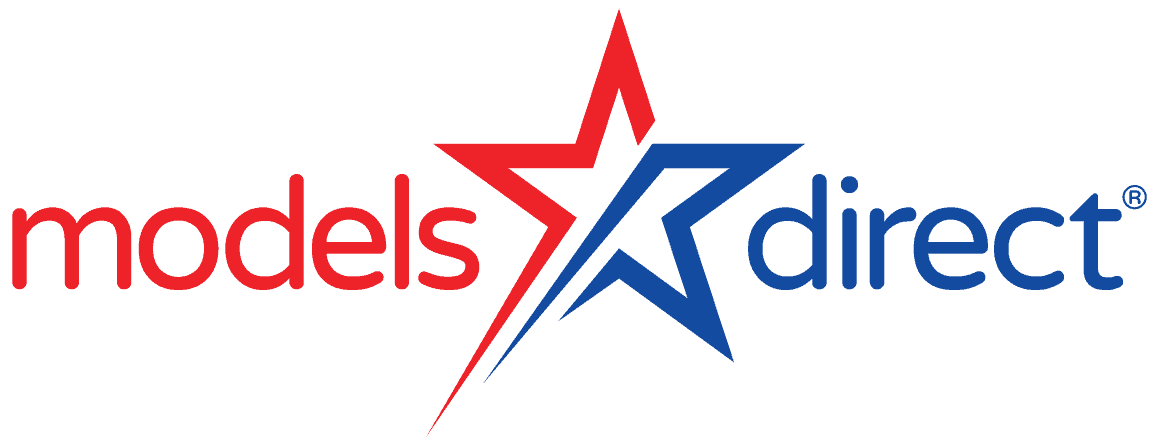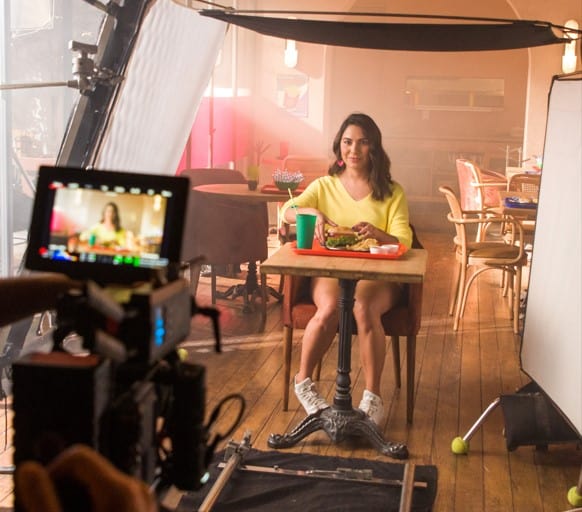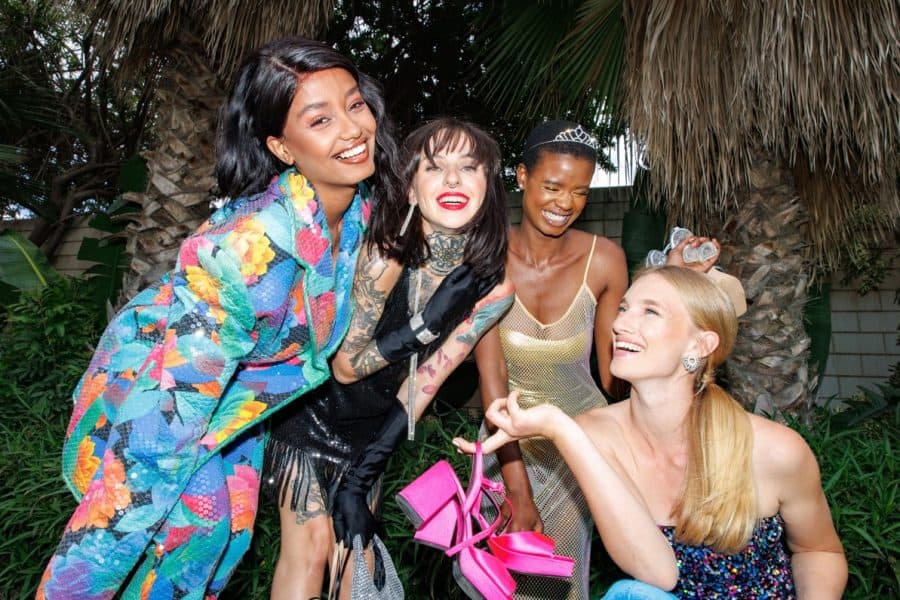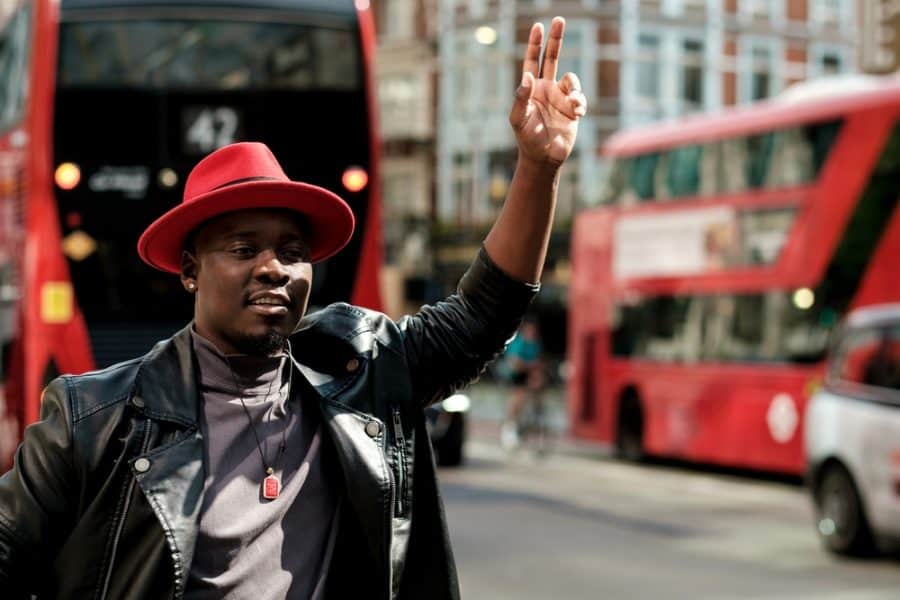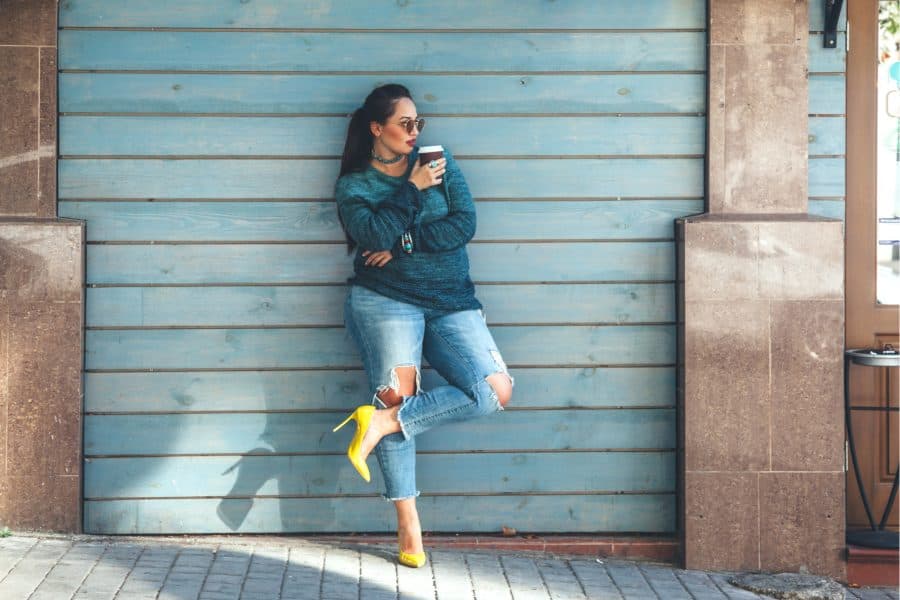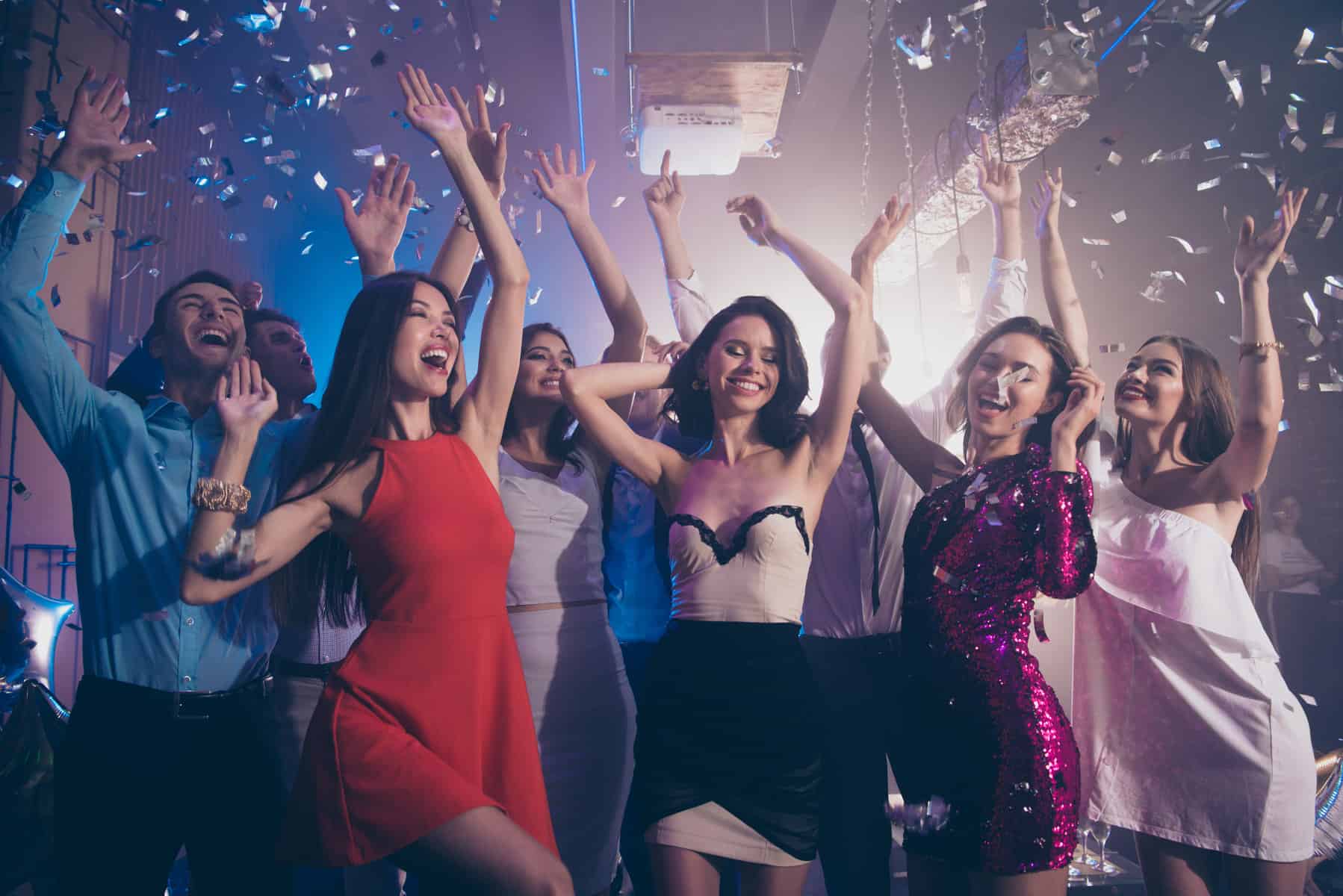There are plenty of aspects of commercial modelling that models should be aware of. Models should know that having knowledge of the client’s reputation and business operations is valuable prior to arriving on set. Punctuality and courtesy to fellow models and clients are a must. However, some of you might not be familiar with the roles that a professional team plays on set. A professional crew is a chief element in a lot of modelling shoots, so models need to have a basic understanding of their main roles and what to expect of them.
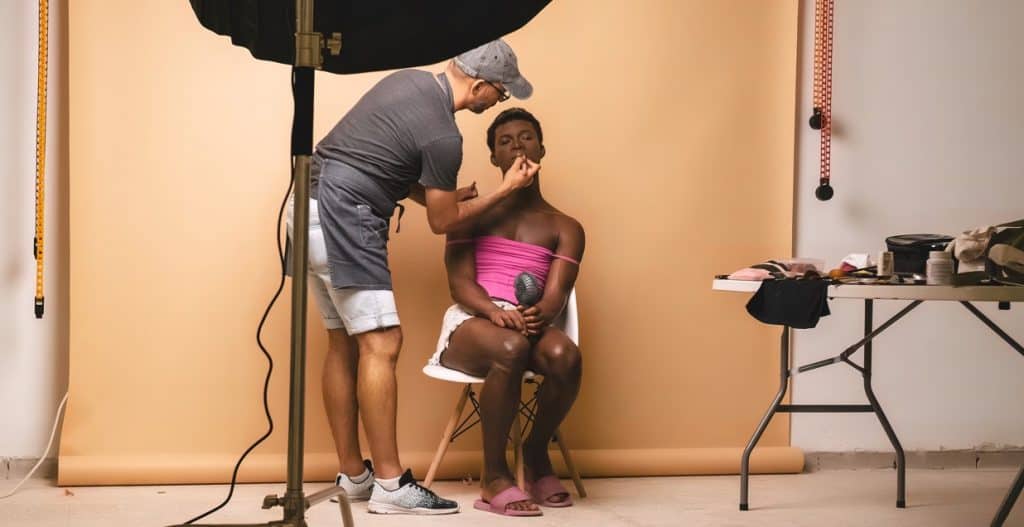
You job may officially start when you arrive, but that’s not to say you shouldn’t prepare with the essentials before meeting the crew. First and foremost, don’t leave anything to the eleventh hour. This applies to most of life’s activities, but especially to modelling work, where you will probably need to wear tasteful clothes on arrival, as well as make-up for female models and a range of personal accessories such as phones and chargers. Once you’ve prepared for your modelling day, you can concentrate on the day itself. Click here for our best tips whilst on assignment.
Who can you expect to see at a modelling shoot? Let Models Direct guide you through some of the key players.
For traditional shoots, models can usually work with the following:
1. Makeup artists. Just as film actors, TV presenters and newsreaders require a quick makeover before the cameras start rolling, so do models. It’s not a “blemish” on a model’s complexion – we’re sure you look after your skin throughout the year, particularly after the summer months. A quick touch-up with a foundation, primer or powder works wonders and will make you looking your best during the assignment. Put your face in a makeup artist’s hands and go with the flow.
2. Stylists. A stylist recommends which clothes and accessories models should wear for modelling shoots, and they usually advise which hairstyles and makeup work best for the shoot. They are professionals, and most have a wealth of experience in all sorts of fashion shoots.
3. Photographer. An indispensable role on most modelling jobs. Having a fun – but professional – relationship with photographers is always an advantage to models. Models need to be proactive, enthusiastic, willing to take instructions and be totally at ease.
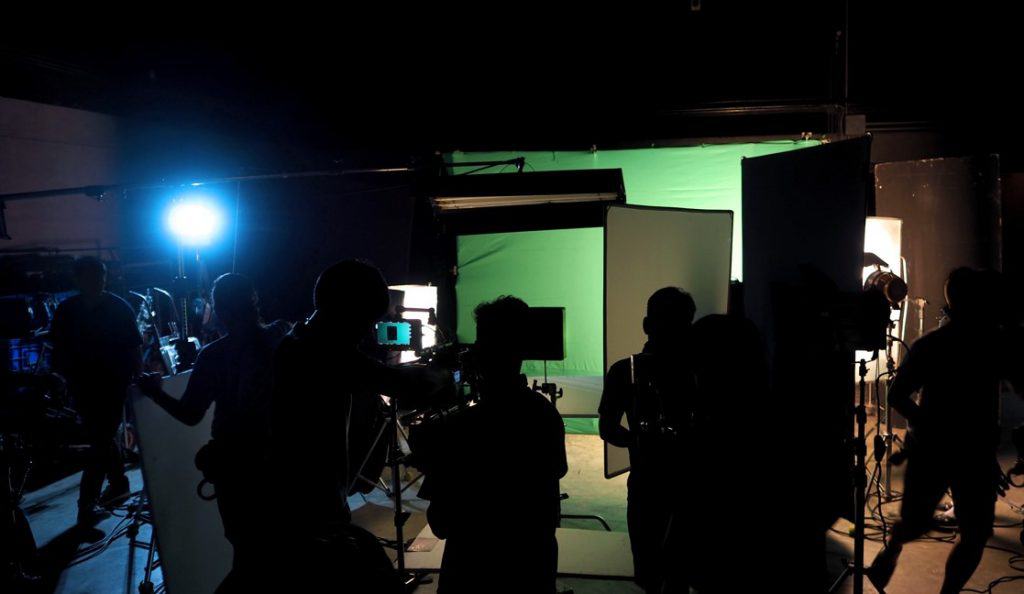
4. Advertising executive. Similar to an agent or commissioning editor at large publishers, an advertising executive makes sure the client’s wishes are carried out on set. Time is money!
5. Set designer. They have input in which items are seen on set, and which backgrounds would have the most impact during the shoot.
6. The client. There’s likely to be an employee of the client on set, usually a marketing or promotion professional.
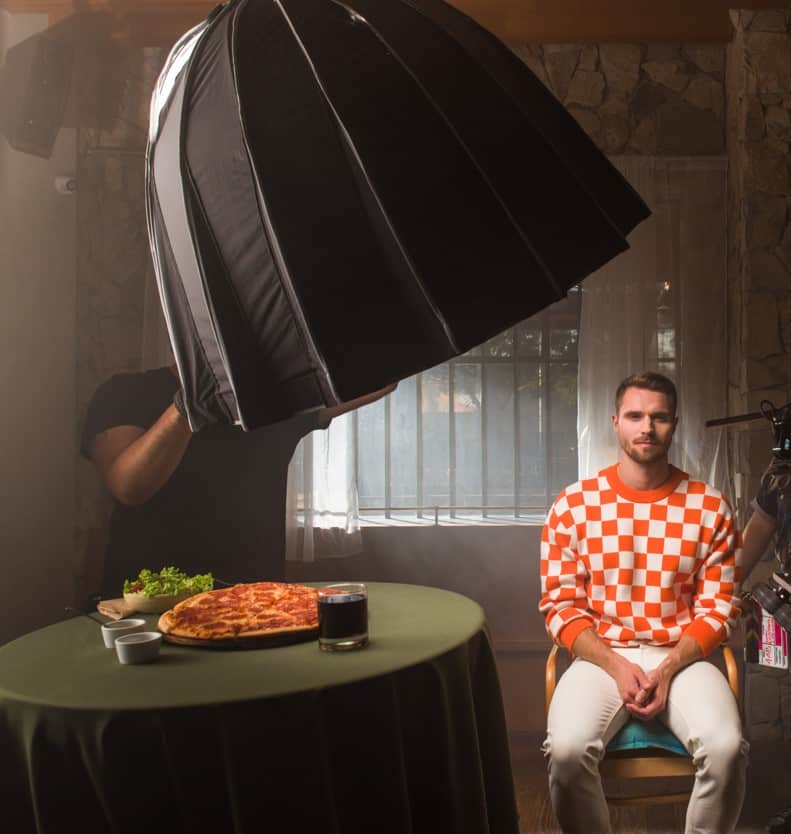
This serves as a little taster of who you can expect to see on set. For smaller brands, you might only work with a photographer. No two assignments are the same: it’s one of the best aspects of commercial modelling, as all our wonderful talent agrees.
For more definitions and information on set, click here. Alternatively, get in touch with us if you have any queries. Our team is always on-hand.
